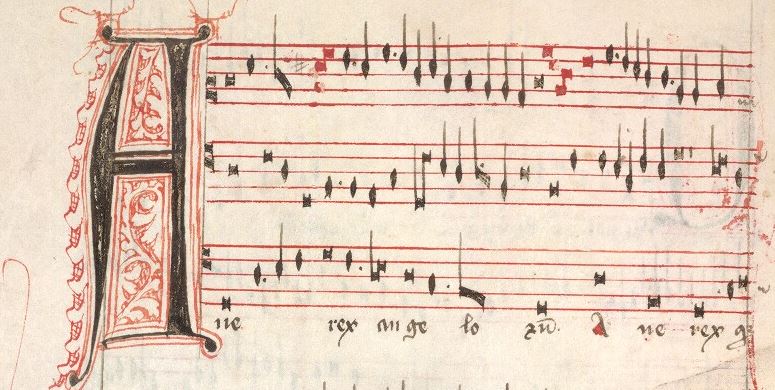The Dallas Public Library is planning a Shakespeare event on July 9th. Vicki and I will present a program on “Popular Music in the age of Shakespeare” at 4:30pm.
The great consort music from the court of Elizabeth Tudor is well known, but what did common people sing or hear? Tallis and Byrd wrote music for choirs, Dowland for the lute, and Holbourne for viols, but they all wrote for professional musicians. Common folk sang broadside ballads or danced to simple bransles (pronounced brawls).
This presentation will discuss ballads that are mentioned in Shakespeare plays, and dances that were popular outside to the court. The primary source for dances is Arbeau’s Orchesography. It describes dance steps and gives the melody. Few dances from this time had any harmony included. The best source for songs in the plays is Duffin’s Shakespeare’s Songbook.
We will perform the dances and ballads, and describe the instruments that would have been used then.
Bibliography
Anderson, Mark. “Shakespeare” by Another Name The Life of Edward De Vere, Earl of Oxford, the Man Who Was Shakespeare. Gotham Books, 2006.
Arbeau, Thoinot, et al. Orchesography: 16th-Century Frence Dance from Court to Countryside. Dover Publications, 2011.
Cofrin, Albert. Early Period and Popular Dance Music. 1997.
Duffin, Ross W., and Stephen Orgel. Shakespeare’s Songbook. W.W. Norton & Co., 2004.
“English Broadside Ballad Archive.” UCSB Library, 4 Oct. 2021, https://www.library.ucsb.edu/research/db/123.
Hendricks, Steve. The Great Booke of English Ballads and Songs. Samuel Piper Press, 2015.
Picard, Liza. Elizabeth’s London: Everyday Life in Elizabethan London. St. Martin’s Griffin, 2005.
Simpson, Claude M. The British Broadside Ballad and Its Music. Rutgers University Press, 1966.
Wulstan, David. Tudor Music. University of Iowa Press, 1986.

